The Revolutionary Guards: An Introduction
The Islamic Revolutionary Guard Corps (IRGC) is the Islamic Republic of Iran’s most important institution. The military-security institution commands huge influence in every aspect of Iranian public life, from culture and the environment to the economy, politics and judicial process. Whatever the field or area, the IRGC is not required to report to anybody and is answerable to no one.
The IRGC was created early after the 1979 Islamic Revolution by the order of the founder of the Islamic Republic, Ayatollah Ruhollah Khomeini. Its declared mission was to safeguard the revolution and its accomplishments. As the years have gone by, it has expanded its sphere of activities. The entities under its control have multiplied to such a degree that it now operates effectively as a parallel government. It interferes in all current affairs of the country and it aims to have control over every aspect of the way Iran is run.
In a series of reports, IranWire presents a detailed portrait of this powerful and mysterious institution and, for the first time, identifies and explains all bodies, institutions and other entities operating under the umbrella of the Revolutionary Guards, at the same time outlining its activities through an infographic and an interactive diagram.
The infographic is a visual representation of the Guards’ organizational structure and presents all institutions under the control of IRGC in one map. It resembles a family tree, a portrait of the IRGC with all its children, grandchildren and great-grandchildren — a dramatic picture of power in Iran today.
In the interactive diagram, the viewer is able to use the mouse to see how various entities under the control of the Guards emerged, and how they are connected — exactly like a family tree.
IranWire has aimed for this series and the overall project to be informative and a solid research tool. But it is not perfect, and there will always be room for updates, enhancements and further information. We welcome your views, ideas and knowledge, so please do get in touch via email, Twitter or Facebook.
***
The Islamic Revolutionary Guards Corps (IRGC) was shaped after the merging of several groups a few weeks after the 1979 Islamic Revolution. On February 28, 1979, the leader of the Revolution, Ayatollah Ruhollah Khomeini, appointed Ayatollah Hasan Lahuti as his representative in the IRGC, and by April 22 of the same year, the Command Council of the IRGC was established and began to work with seven members. The council wrote the first IRGC statute in nine articles and nine clauses and finalized it on April 25, 1979. The final statute consisted of 49 articles and 16 clauses. The statute was ratified by the Iranian parliament, the Islamic Consultative Assembly (Majlis) and confirmed by the Guardian Council on September 6, 1982. Over the years, some of the articles have been amended.
According to Article 150 of the Islamic Republic of Iran’s Constitution, the main role of the IRGC is “guarding the Islamic Revolution and its achievements,” which has also been emphasized in Articles 1 and 2 of the IRGC statute. During the last four decades, and especially after the eight-year Iran-Iraq War (1980-1988), the IRGC’s role and influence have grown into other areas in Iran, such as security, culture, politics, and economics. Currently, the IRGC is the second largest military entity in Iran (after the regular army or the “Artesh,” which is the largest in terms of personnel). The IRGC is also one of the most influential players in Iran’s economy, security, and politics. The IRGC has been called “the Parallel State,” “the Deep State,” and “the State with Guns,” all of which are indicators of its strong influence and power in Iran’s politics.
The IRGC has the power to influence Iran’s foreign policy, define cultural boundaries and social norms, and influence major decision-making in the country. It also has powerful and influential representatives and agents in high-ranking state entities, such as the Supreme National Security Council, the Islamic Consultative Assembly (Majlis), the Expediency Discernment Council, and the Supreme Council of the Cultural Revolution. Additionally, it has widespread influence among students through programs like “Rahian-e Noor” (Voyagers to Light), which is a road trip to the battlegrounds of the Iran-Iraq war in memory of fallen soldiers. It also maintains its influence in every state and public entity via the 22 branches of the Basij Force.
The IRGC is also the main law enforcement agency in the country and plays a crucial role in the prosecution and intimidation of the opposition. The IRGC Intelligence Organization is the most powerful security entity in Iran and can affect court rulings through its allied judges. The IRGC owns and runs various educational and operational cyberspace centers and employs the most effective hacker groups. It also designed a specific base for the monitoring and controlling of activities on social media. The IRGC’s anti-riot units are the country’s most important military and militia units that suppress public protests and riots. Some of the other duties carried out by the IRGC are: the protection of the supreme leader, heads of all three branches (executive, legislative, and judiciary), other top regime officials, and the safety and security of the capital city. Some of the major news agencies in the country, Tasnim, Daneshju News, Nasim, Javan Newspaper, and Fars, are close to the IRGC, and a vast network of journalists, newspapers, journals, and even social media users act as the IRGC’s propaganda wing.
The cultural and artistic institution of Owj, run by the IRGC, has turned into one of the most influential filmmaking studios in the country. Khatam al-Anbiya Construction Headquarters is an Iranian engineering firm controlled by the IRGC and the largest contractor in Iran, which, along with the IRGC Cooperative Foundation (Bonyad-e Taavon-e Sepah), forms a powerful financial network that gives the IRGC the competitive advantage in banking, service industries, imports and construction.
The Quds Force of the IRGC is the most powerful diplomatic tool for the regime - especially in the Middle East. All of Iran’s ambassadors in the region are appointed after coordination and consultation with this unit, and all the militias in Yemen, Lebanon, Palestine, Iraq, Syria, Bahrain, Afghanistan and Pakistan are in direct communication with the Quds Force and are backed by Iran. The IRGC is in control of Iran’s ballistic missiles program, border patrol, and guards in the most crucial and strategic locations in the country.
The Basij, a volunteer-based subsidiary of the IRGC, has the largest network of volunteer militias all over the country, in small towns and big cities. The Basij owns numerous “resistance bases” (Paygah) in most of the cities, villages, mosques and state buildings, which operate as a huge network of organized militia.
In the last decade, the IRGC has focused on the promotion, planning and implementation of Iran’s Supreme Leader Ayatollah Ali Khamenei’s vision that includes five stages: the “Islamic Revolution,” the “Islamic State,” the “Islamic Government,” “Islamic Society,” and “Islamic Civilization.” According to Article 110 of the Constitution, the supreme leader is the only superior authority of the IRGC and the IRGC’s generals will report back only to him.
Also in the series:
The Commander in Chief of the Armed Forces
The Chief Commander of the IRGC
The Supreme Leader’s Representative in the IRGC
The IRGC Security and Intelligence Agencies
The IRGC's Social, Cultural, Scientific and Educational Institutions
The IRGC Commercial and Financial Institutions-(Khatam-al-Anbiya Construction Headquarters)
The IRGC Commercial and Financial Institutions-(Bonyad-e Ta’avon-e Sepah)
The Organization for the Mobilization of the Oppressed
The Basij Cooperative Foundation
Cyberspace Institutions and The Physical Training Organization of the Basij
Basij Headquarters and Military Organizations
Basij Social and Cultural Organizations




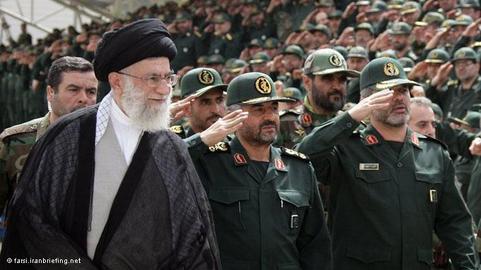
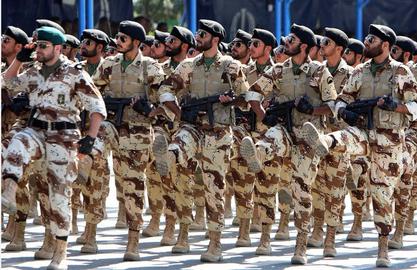
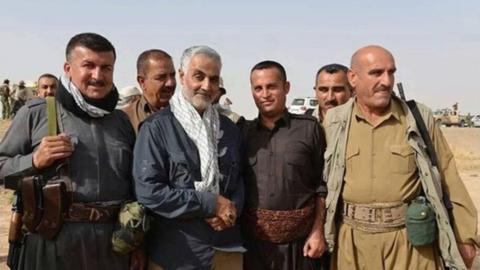
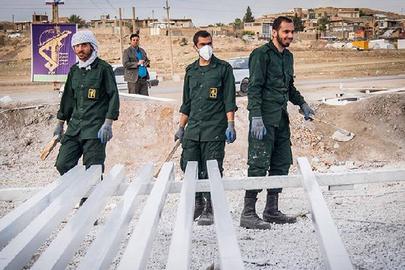
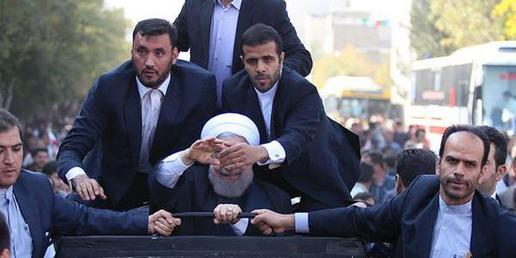
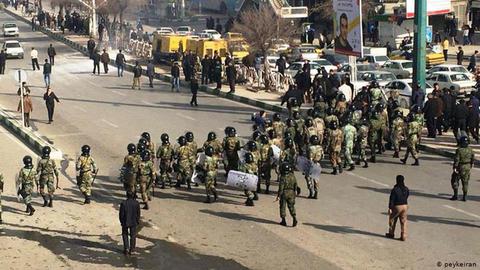
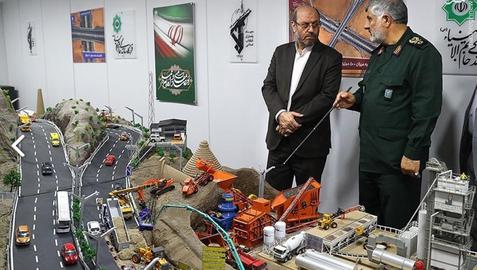













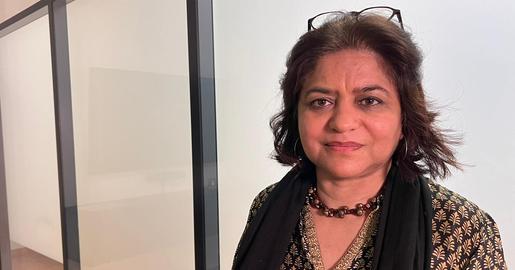





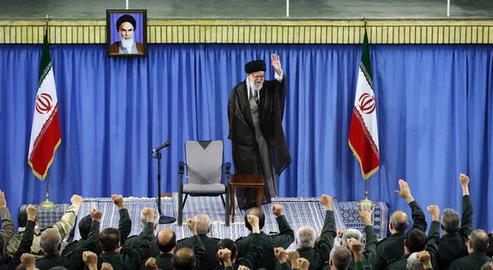
comments